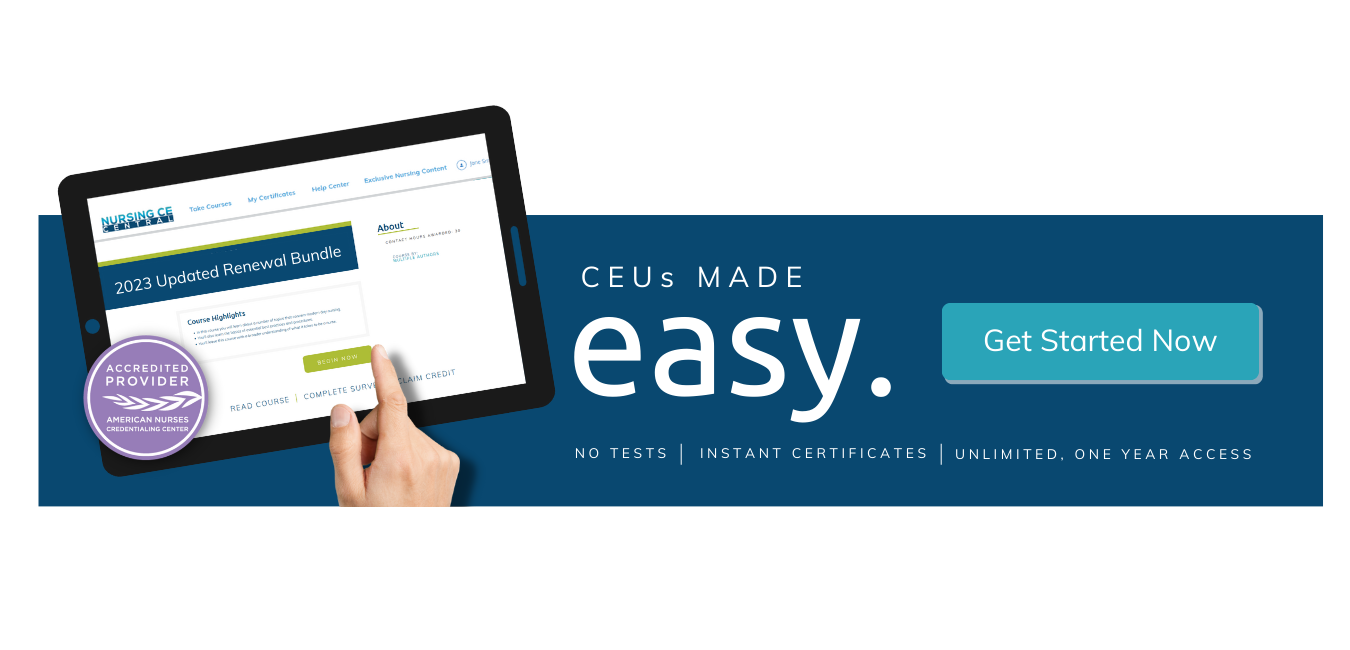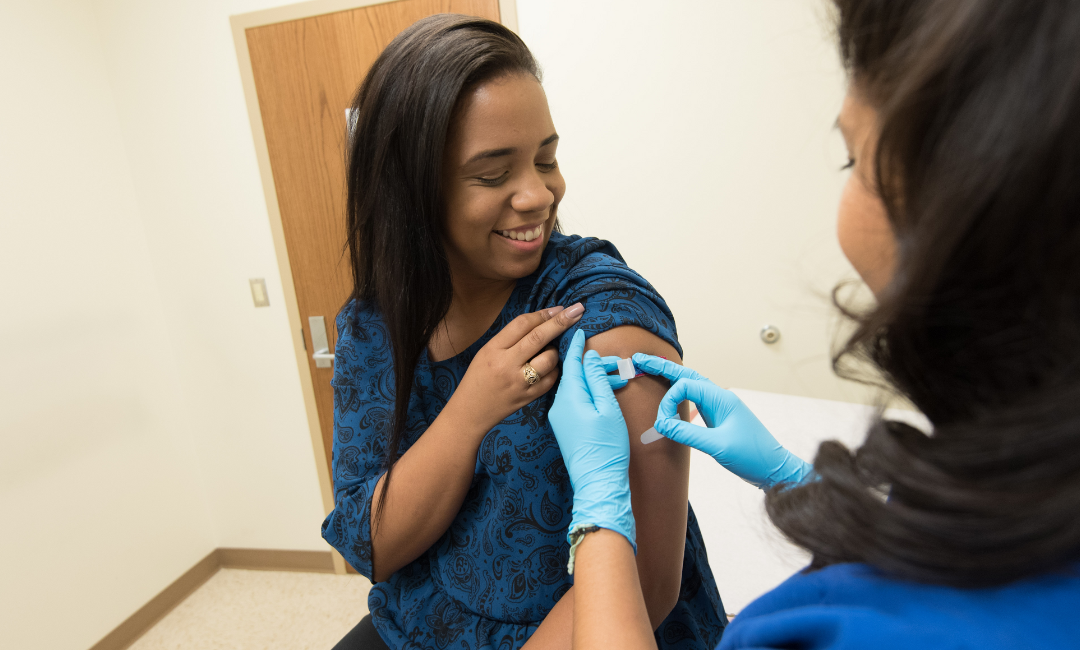Challenges in Caring for LGBTQ Youth
Challenges for caring for LGBT+ patients include lack of training and awareness, implicit bias, parental resistance, and systemic barriers. Many nurses report insufficient or no training at all on the specific needs of LGBT+ patients, especially in pediatric settings.
This can lead to unintentional missteps, such as using incorrect pronouns or failing to recognize signs of gender dysphoria. Implicit biases among healthcare professionals can negatively affect the quality of care provided. If we assume all of our patients are heterosexual, or dismiss the patient’s gender identity, we risk alienating LGBTQ youth and discouraging them from seeking care.
Parents or guardians are responsible for medical decision-making in pediatric care. So when they aren’t supportive of their child’s sexual orientation or gender identity, this can lead to ethical dilemmas from a nursing perspective.
Many institutional policies fall short of inclusivity, particularly by bypassing nonbinary gender options from medical records and limiting access to essential gender-affirming treatments. These weaknesses obstruct the provision of care that is both appropriate and safe for all individuals, ultimately impacting their overall health and well-being.
Ensuring High-Quality Care for LGBTQ Youth
To ensure high-quality, inclusive care, we must adopt multiple best practices, including fostering inclusive language, enhancing education and training, providing gender-affirming care, addressing mental health needs, engaging families, and advocating for policy changes.
Some ways to do this include:
- Asking for your patient’s preferred name and pronouns.
- Displaying a rainbow badge buddy or safe space stickers to signal a welcoming and inclusive environment.
- Pursuing continuing education focused on LGBT+ health.
- Advocating for training programs to cover topics like gender-affirming care, mental health needs of LGBT+ youth, and strategies to address family dynamics.
- Supporting transgender youth by aiding them with access to puberty blockers or hormone therapy when appropriate.
- Support the addition of nonbinary gender markers on charts and forms.
- Support legislation that protects LGBTQ youth from discrimination in healthcare and education.
As the most prominent advocates a patient can have, we should feel empowered to champion LGBTQ youth rights within the healthcare system and help navigate legal or insurance barriers.









